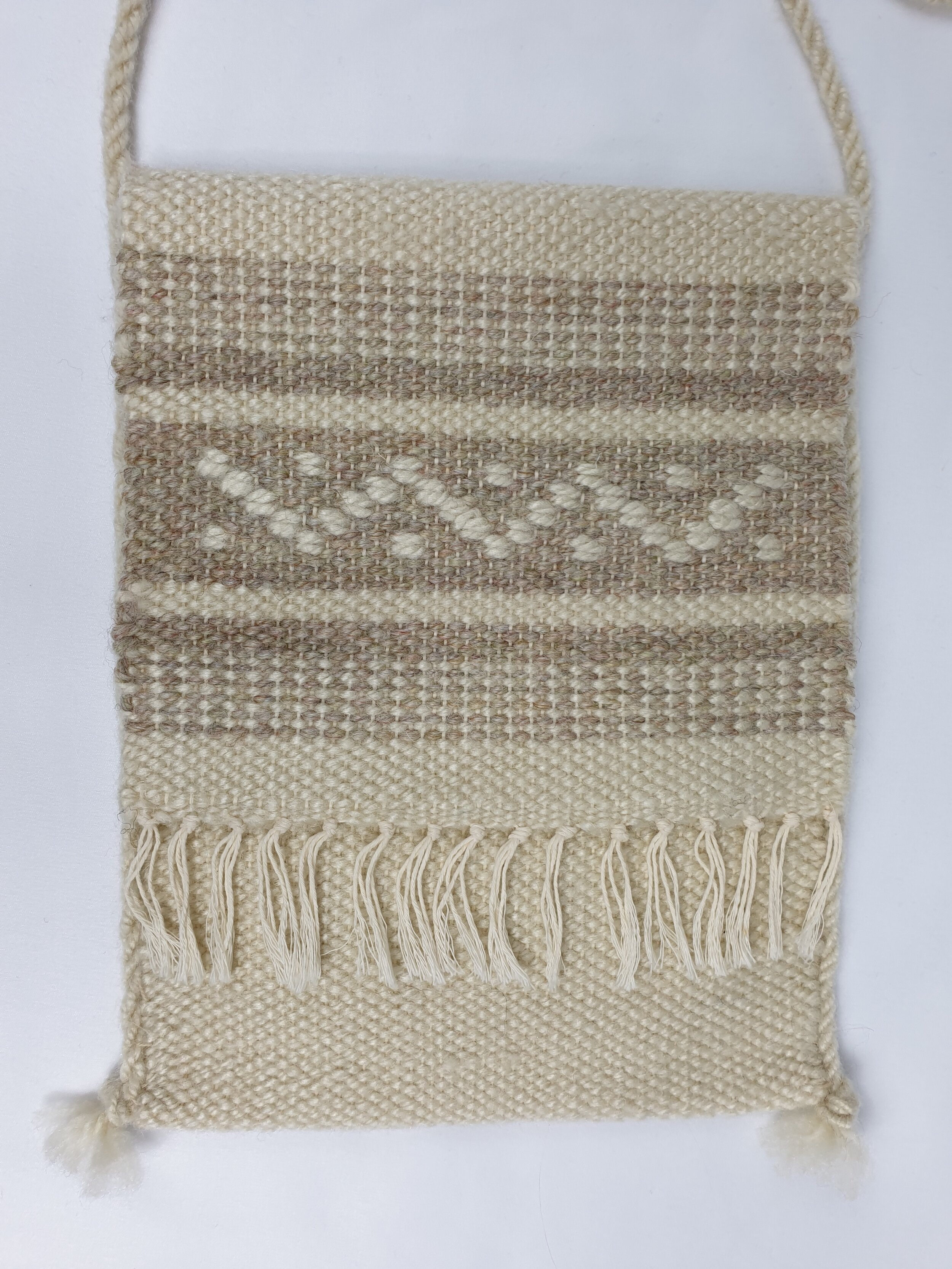 Image 1 of
Image 1 of


Twill Weave
A twill weave is created by passing the weft thread over two or more warp threads and then repeating that pattern. The weave is characterized by its diagonal lines, which are created by an offset in the warp threads. Twill is popular because the filling and warp yarns in a twill weave do not interlace as many times as they do in a plain weave, the yarns can be packed more tightly together. This makes the fabric stronger, thicker, and better able to hide soil than a plain weave made from the same materials. It also gives the fabric a better drape and resistance to wrinkling.
A twill weave is created by passing the weft thread over two or more warp threads and then repeating that pattern. The weave is characterized by its diagonal lines, which are created by an offset in the warp threads. Twill is popular because the filling and warp yarns in a twill weave do not interlace as many times as they do in a plain weave, the yarns can be packed more tightly together. This makes the fabric stronger, thicker, and better able to hide soil than a plain weave made from the same materials. It also gives the fabric a better drape and resistance to wrinkling.
A twill weave is created by passing the weft thread over two or more warp threads and then repeating that pattern. The weave is characterized by its diagonal lines, which are created by an offset in the warp threads. Twill is popular because the filling and warp yarns in a twill weave do not interlace as many times as they do in a plain weave, the yarns can be packed more tightly together. This makes the fabric stronger, thicker, and better able to hide soil than a plain weave made from the same materials. It also gives the fabric a better drape and resistance to wrinkling.
